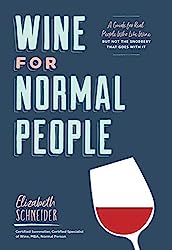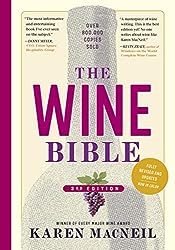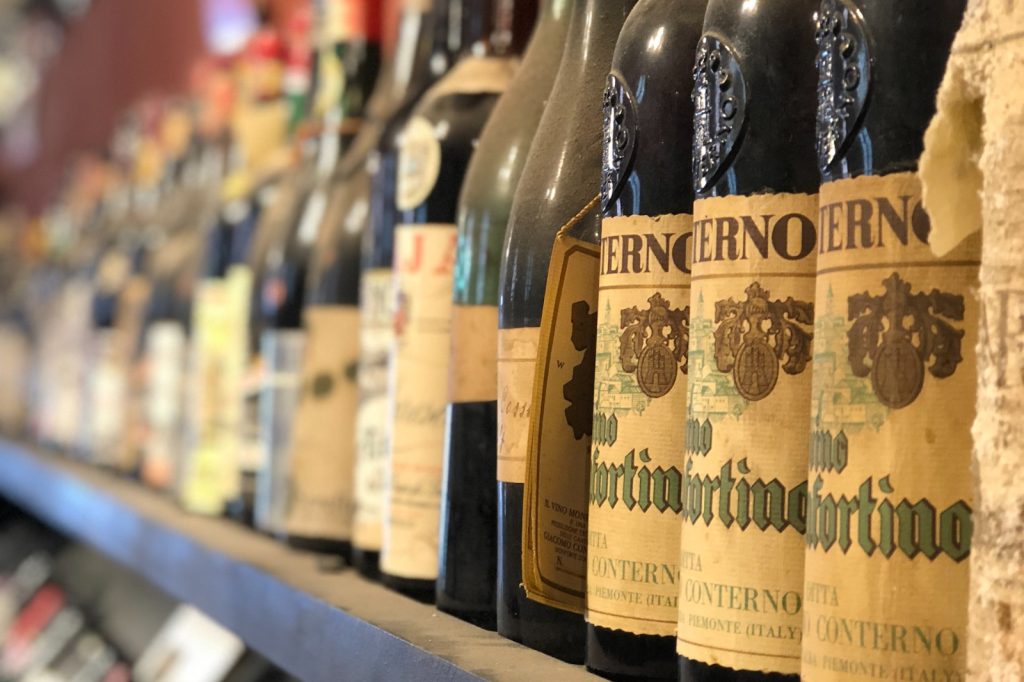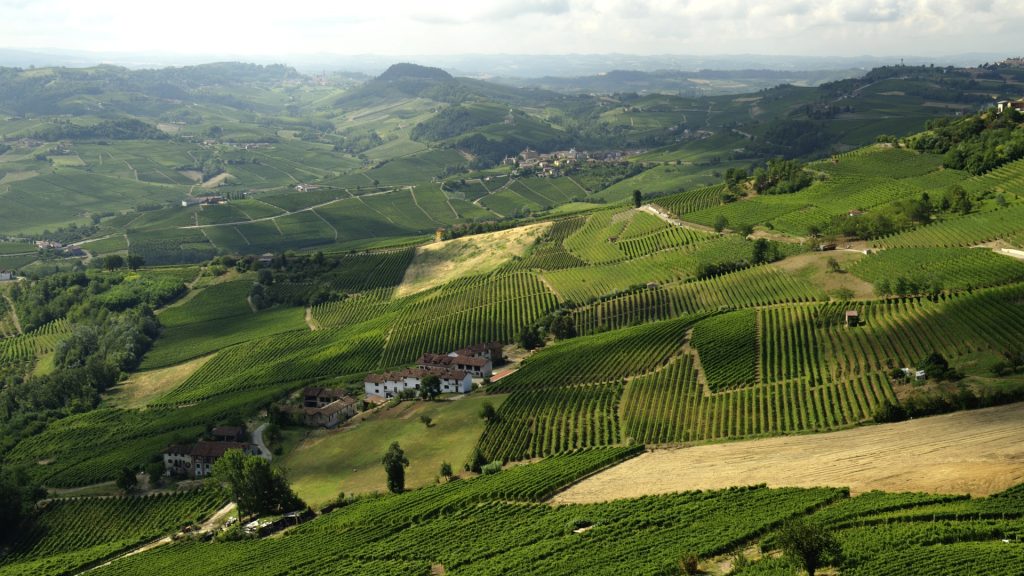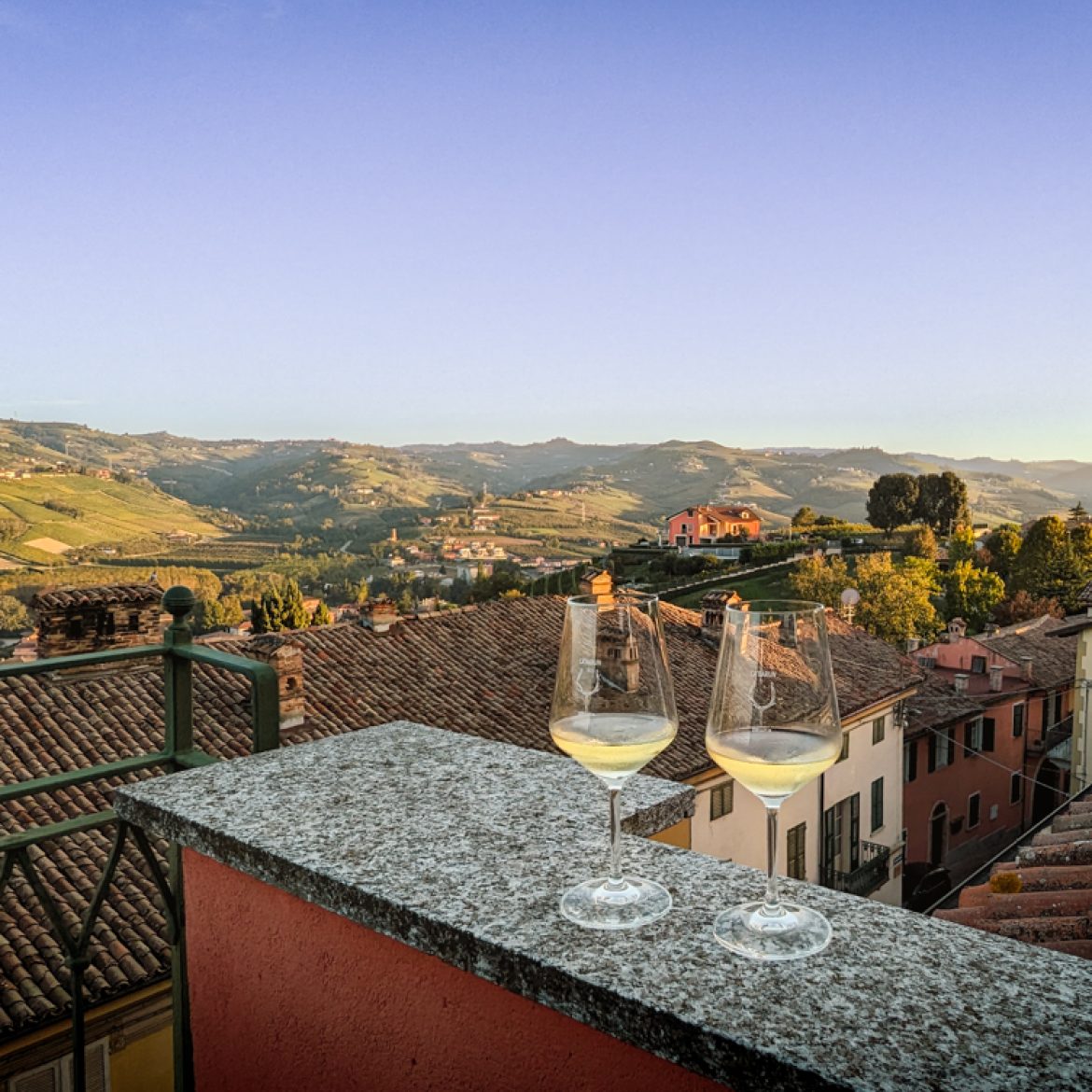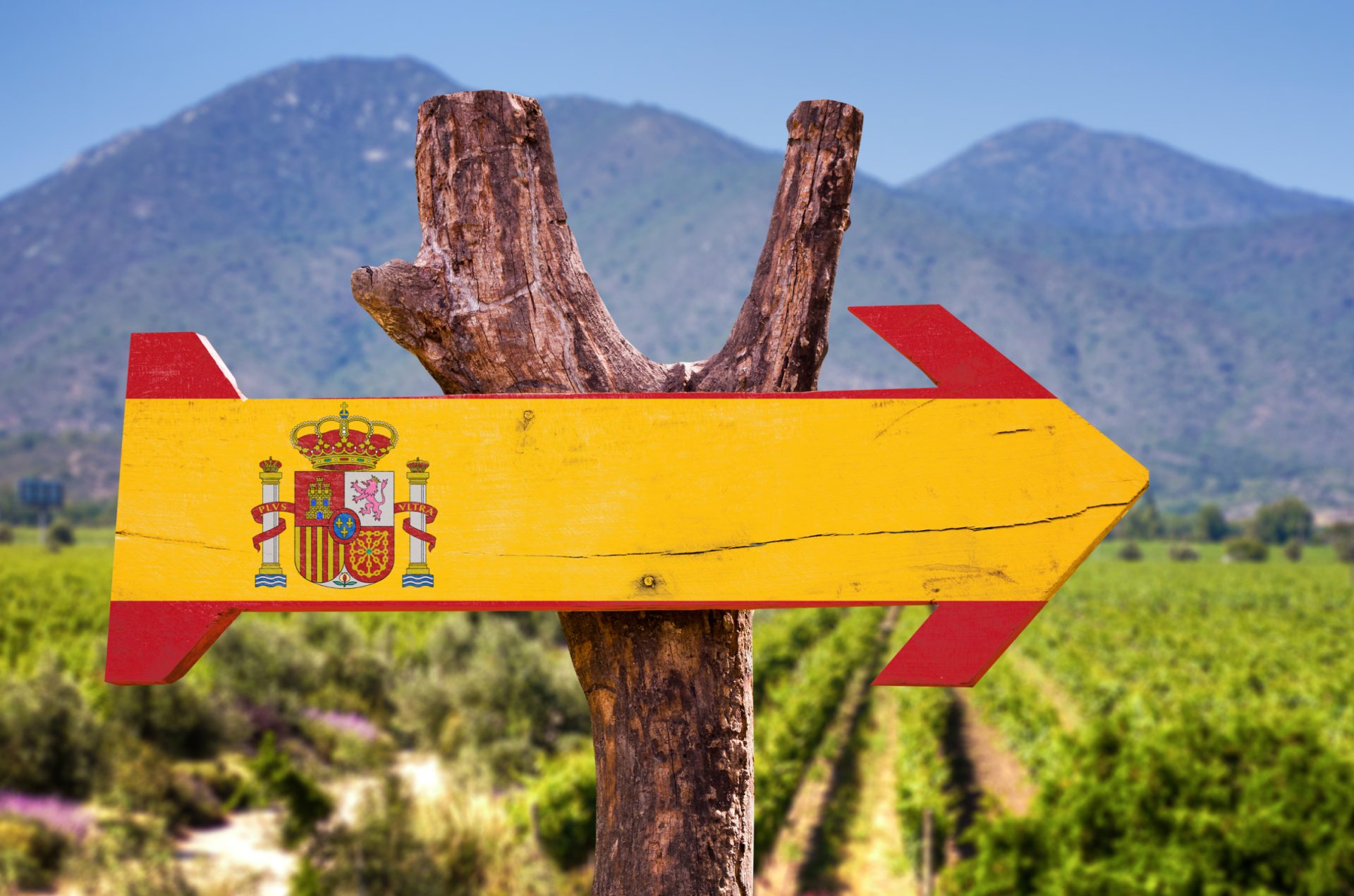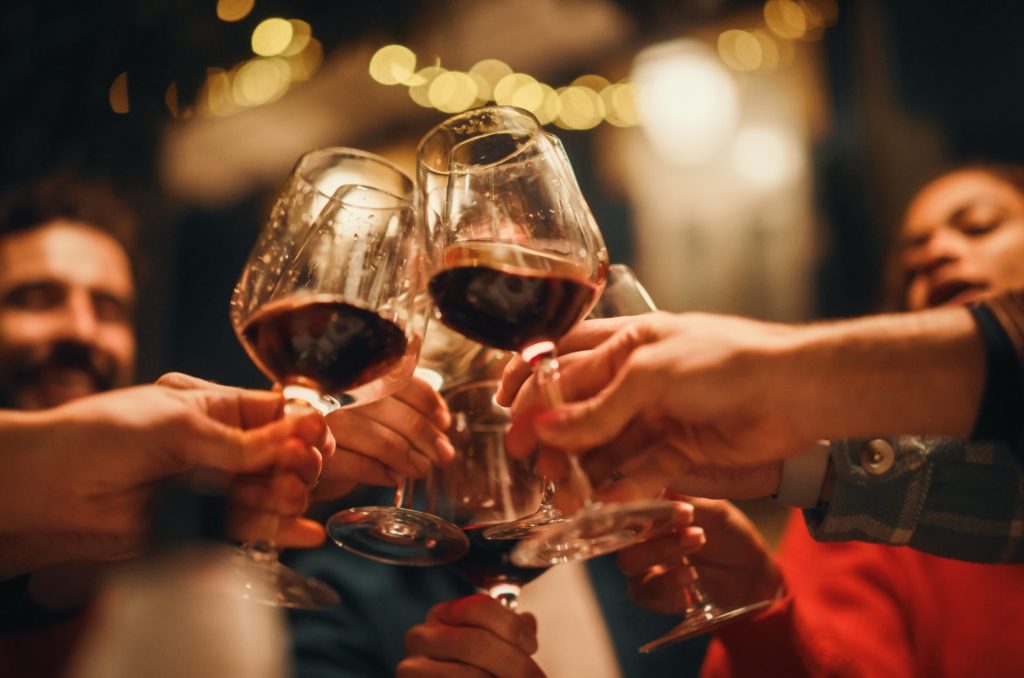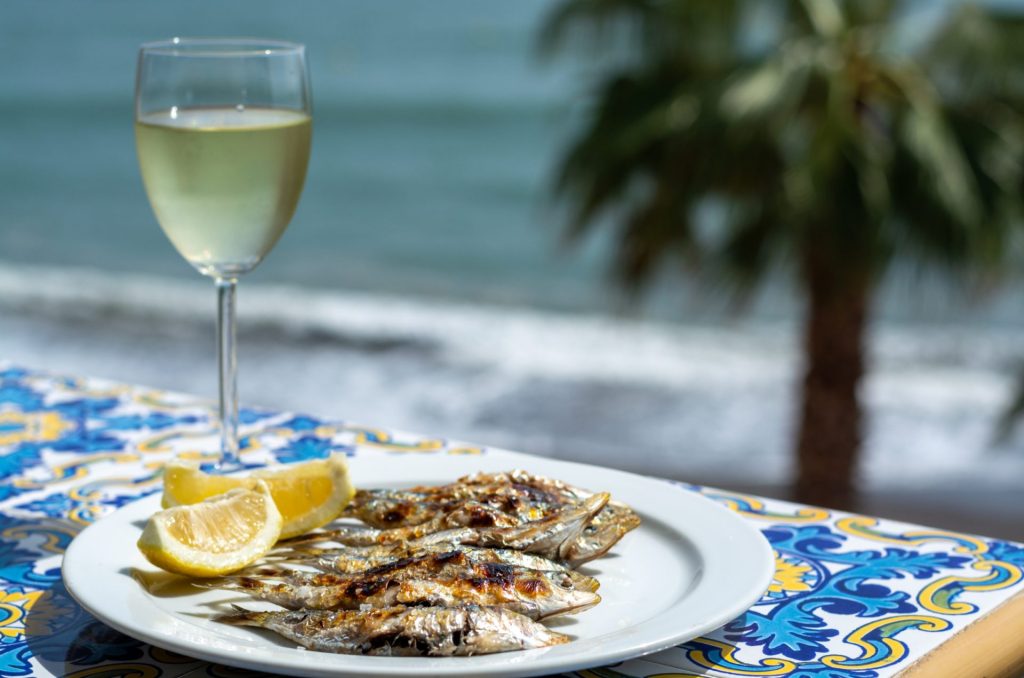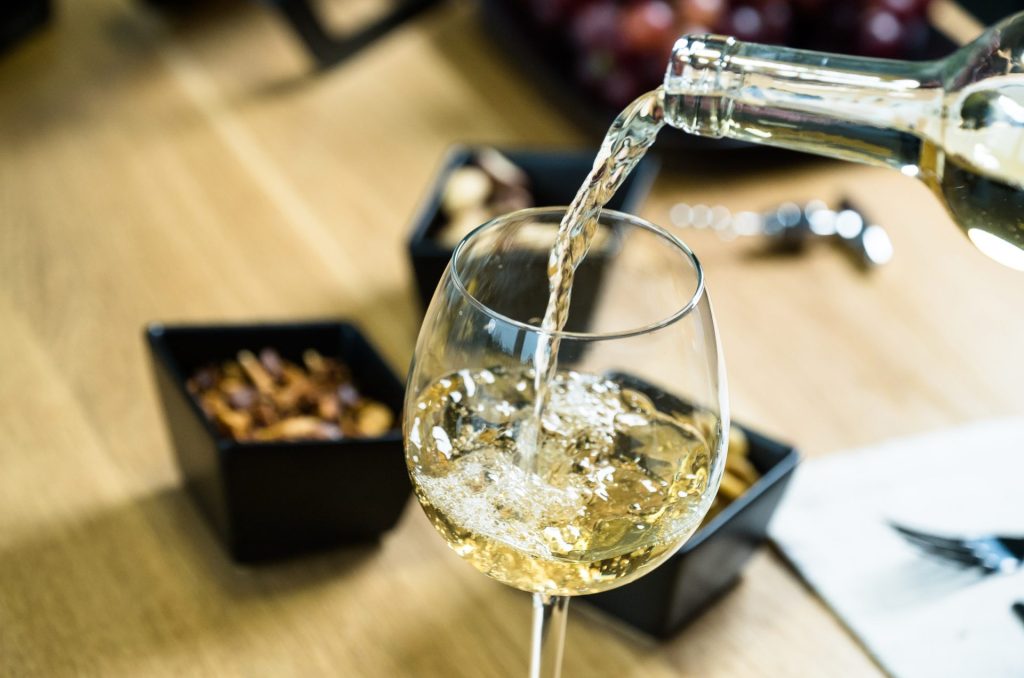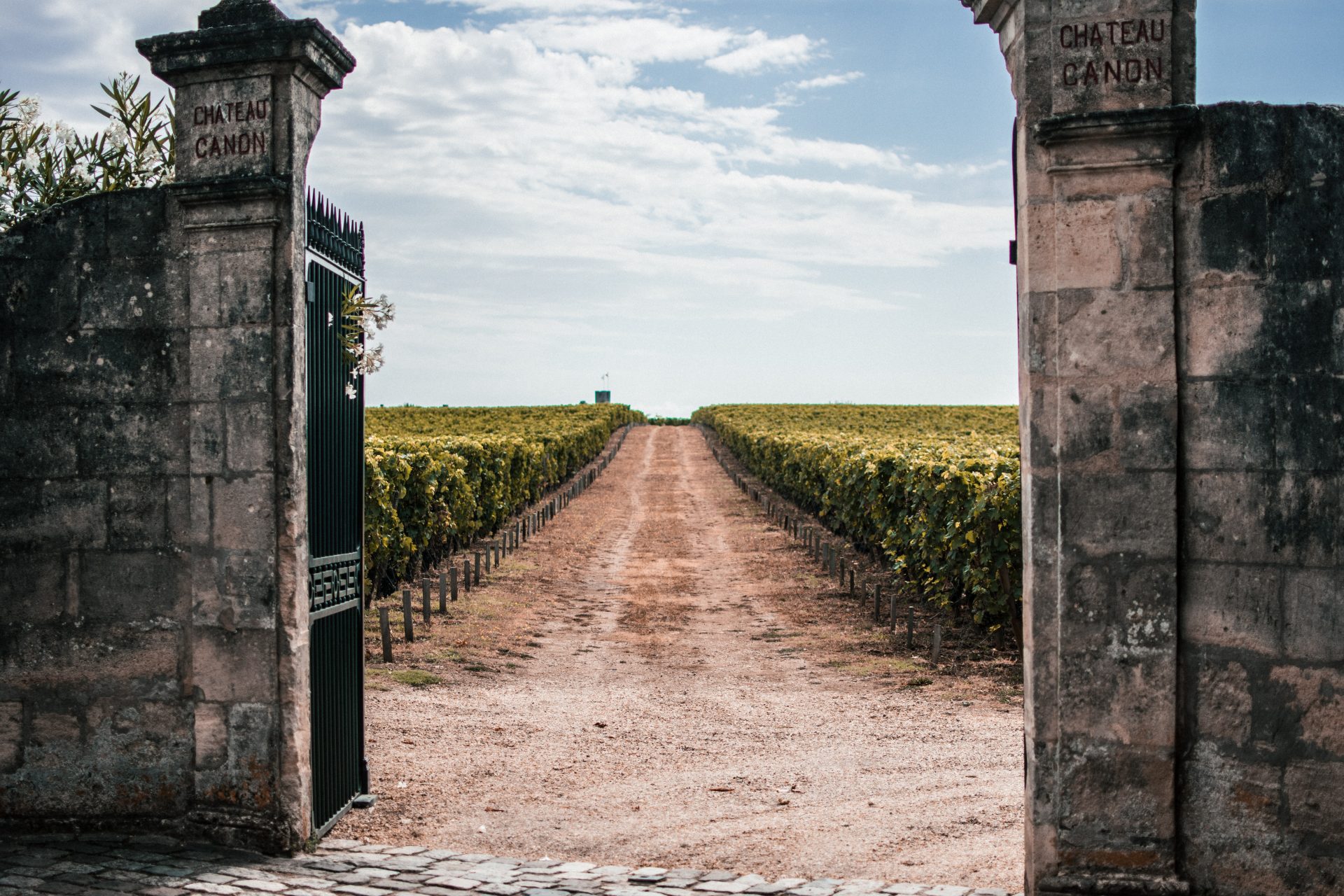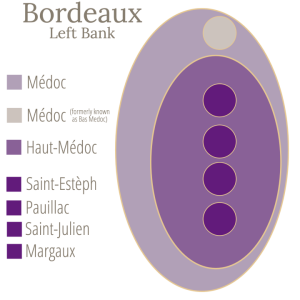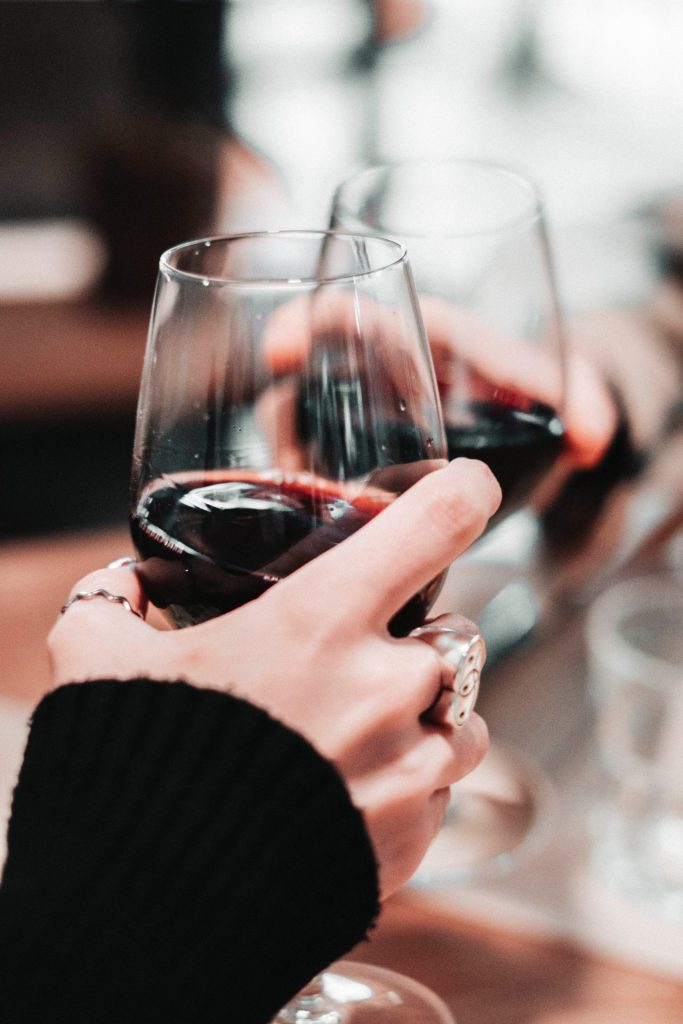While you don’t need to be a wine industry professional to enjoy a wine tour or tasting, we think it’s helpful if you study a bit about the regions you’ll be visiting and the wines you’ll be tasting. Knowing even a little of the basics will enhance your travel experience.
We have some books that we own with well-worn dog-eared pages that we recommend for travelers to help them get a little more wine knowledge before their trip.


